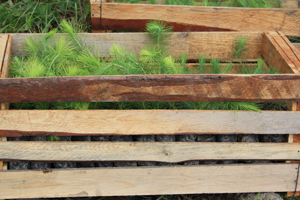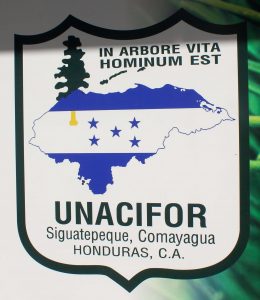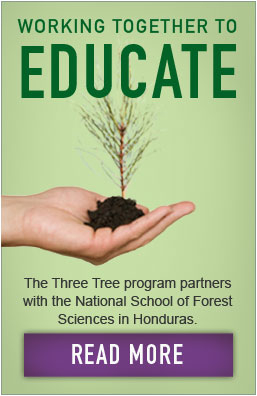The Three Tree Pledge is a commitment to sustainability and to practice responsible forestry.
Responsible forestry
Better Wood Products (BWP) relies on the vitality of timber as a natural resource, so naturally we are committed to responsible forestry practices, education and supporting sustainable forestry.
The world is rich with forestland and we cherish it for its natural beauty and as an important renewable resource. The public recognizes that there are environmental, social and economic concerns that come along with use of our forests. Better Wood Products, is committed to the support of sustainable and responsible forestry practices in order to meet the needs of current and future generations.
We appreciate forests for their natural ecosystems and wildlife habitats; the enjoyment they provide to tourists, hikers and campers; the jobs they support; the natural resources they provide to our industry and even the carbon they store and convert for the environment. Many cultures that live in forestlands are forever connected to their forest heritage. For all these reasons, we choose to do our part to maintain the health and vitality of this natural resource.
Partnering for the future
Better Wood Products supports responsible forest stewardship. An important part of this vision is supporting the cause of environmental vitality. Wood products are attractive, durable and renewable. We believe that properly managed forests can last forever.
It is this philosophy that is behind our Three Tree Pledge. The Three Tree Pledge is an ongoing tree planting initiative in cooperation with the National School of Forest Sciences, known as UNACIFOR, in Siguatepeque, Honduras. UNACIFOR manages a 5,550 Ha. pine forest. The school uses the forest to both educate its students in the methods and techniques of modern day forestry management and to make money to help fund the school and keep it running. Based on the number of trees used in the production of WPI products, we will provide funding to replace each tree used with three healthy seedlings on the UNACIFOR managed forest.
In order to successfully manage timber, a very large area must be used to ensure that trees will always be available for harvesting. UNACIFOR’s management plan for the forest consists of continually having mature trees for harvest by completing three thinnings of less desirable trees around those which are left to mature. The main criteria to allow the selected tree to grow is to eliminate other trees that compete for crown space. Limited crown space does not allow enough sunlight to reach the tree and this slows growth. The process is broken up into three stages of several years of growth followed by a thinning then several more years of growth. Managed this way, a managed stand can produce usable mature timber in 40 years. By staggering the thinning process used for renewing the forest throughout, continual production of mature timber is possible.
UNACIFOR
UNACIFOR is educating private landowners surrounding the school’s land that thinning is needed in managing timber — but private landowners lack the resource of time. It takes time for trees to grow to large sizes and private landowners need money now. Every tree they cut down could bring in a few more dollars profit. Private landowners need to be taught the benefits of long term management — and the long term profits that come with proper management — to replace the practice of cutting all viable timber for the short term gain of a few more dollars for every tree cut now.
Through UNACIFOR’s management strategies and the Three Tree program providing the new trees to replenish those which are harvested, a sustainable production of resources is achieved while responsibly maintaining the integrity of the forest.
More than forest management
Better Wood Products practices responsible forest stewardship. An important part of this vision is supporting the cause of environmental vitality. Forest products are attractive, durable and renewable. We believe that properly managed forests can last forever.
 We value the trees we harvest and have developed manufacturing processes that use every part of the trees we acquire. From using the tree sap-enriched fatwood in cut stumps, to the needles and pine cones — no part of the tree goes unused.
We value the trees we harvest and have developed manufacturing processes that use every part of the trees we acquire. From using the tree sap-enriched fatwood in cut stumps, to the needles and pine cones — no part of the tree goes unused.
Central to our goals are our resource choices. We use only species that grow naturally and in great numbers in the region. We only replenish the species we harvest. This ensures biodiversity in the ecosystem and that no particular species will be over-harvested. The trees planted by the collective efforts of participants in the Three Tree Pledge will contribute to biodiversity across the planet.


